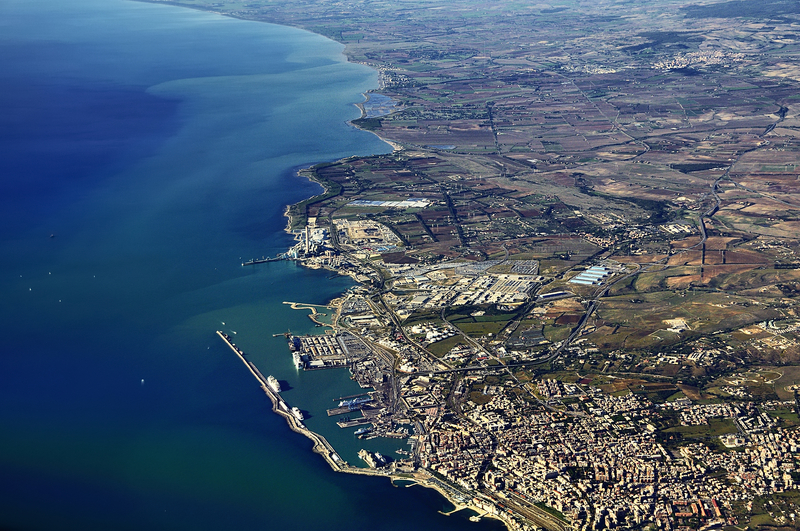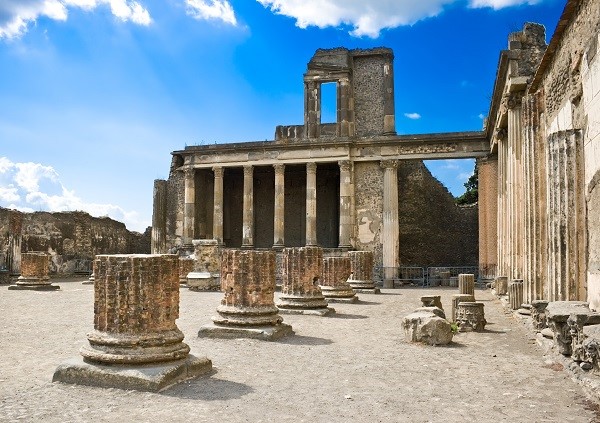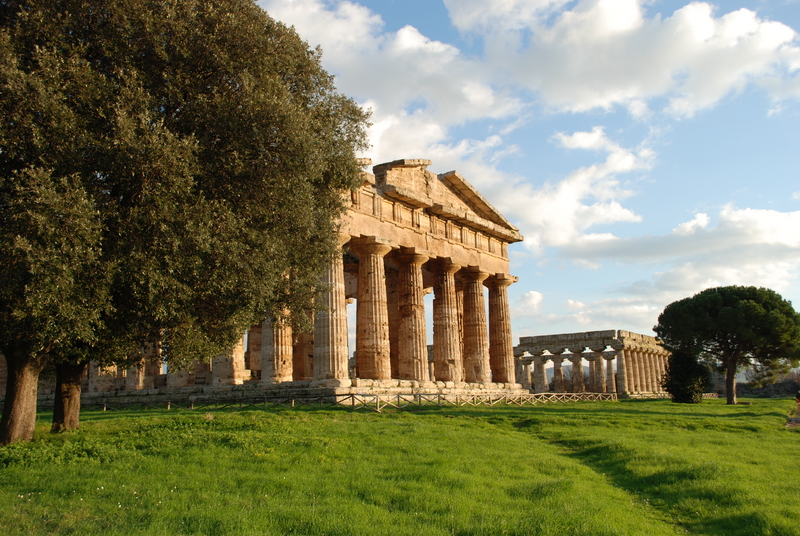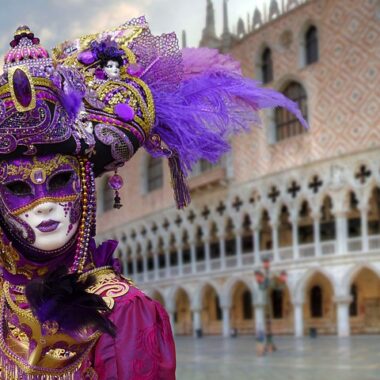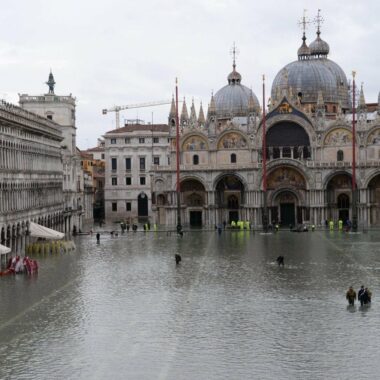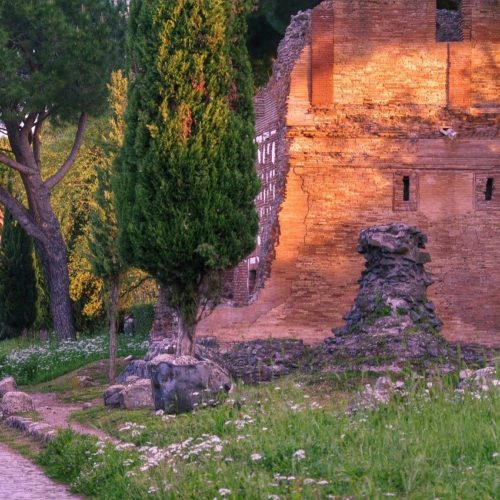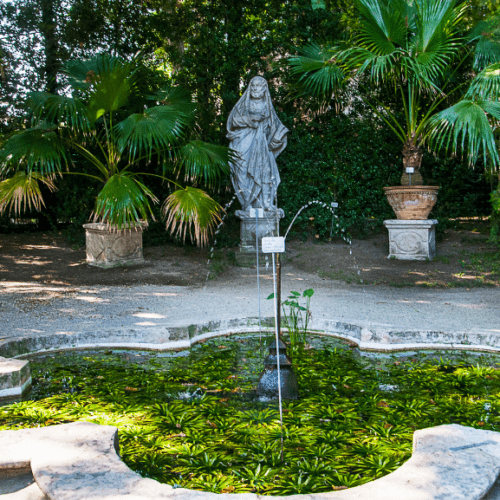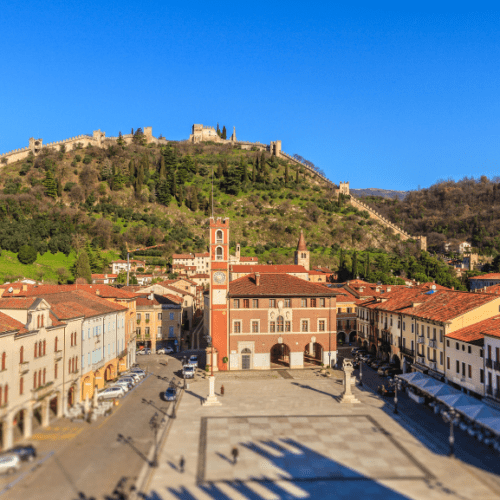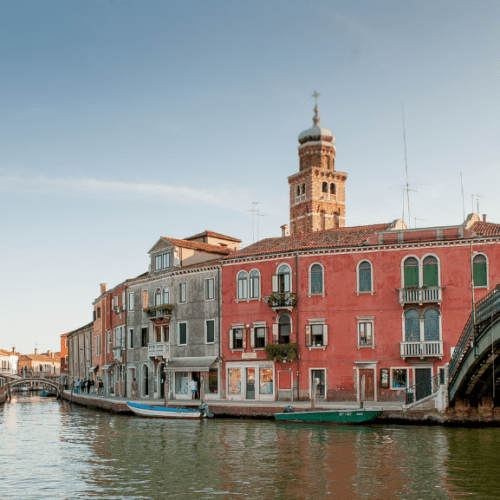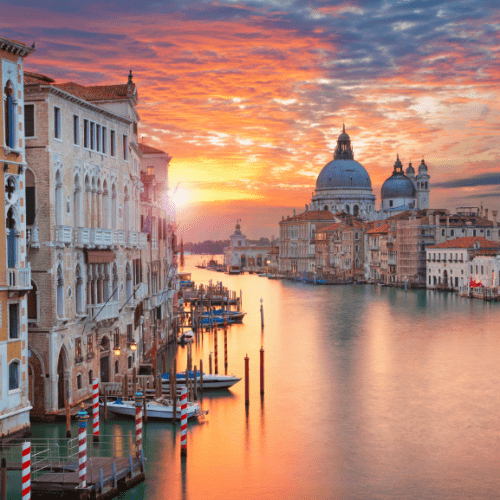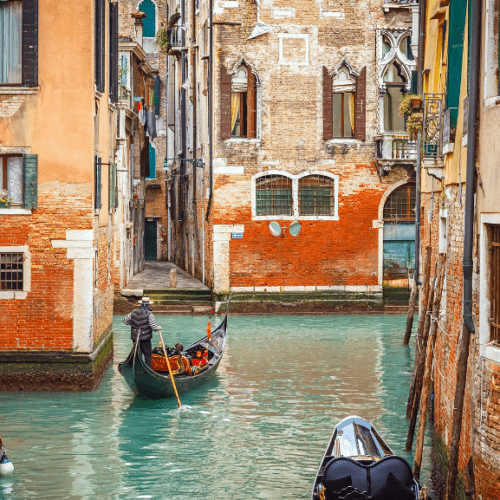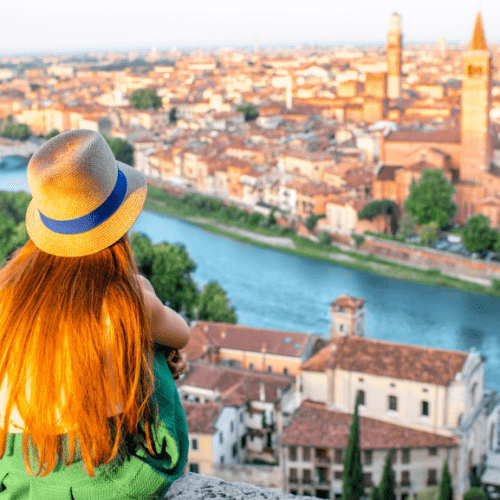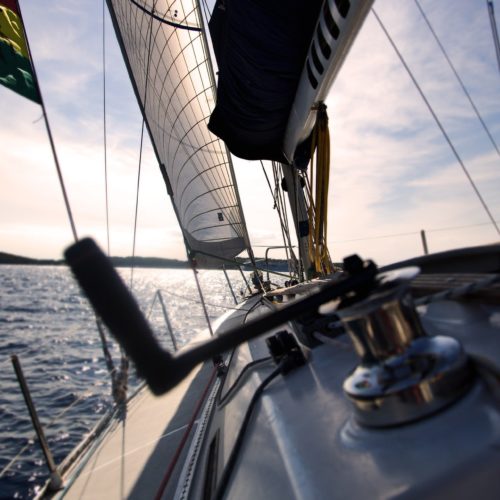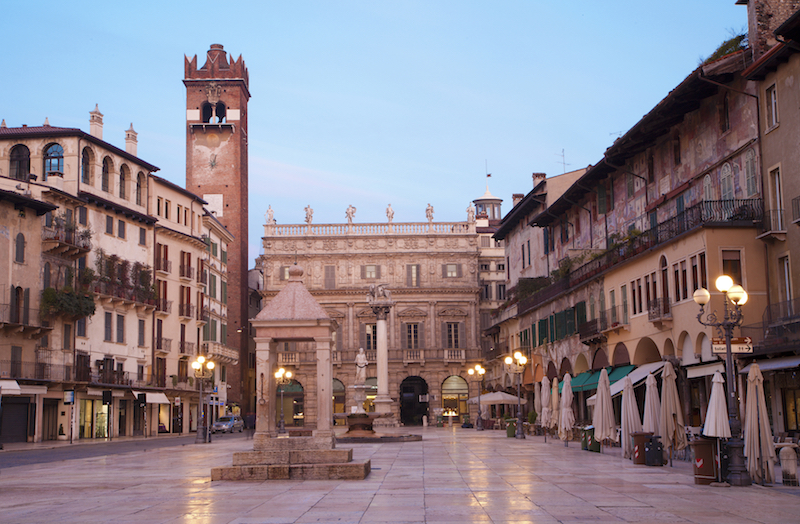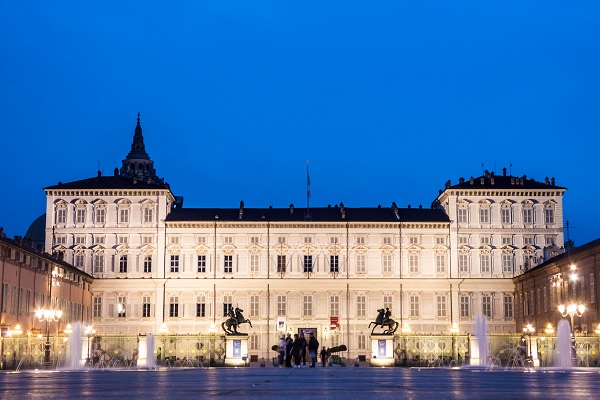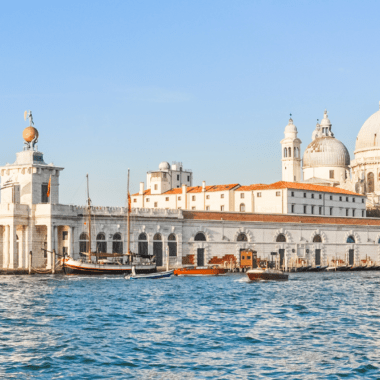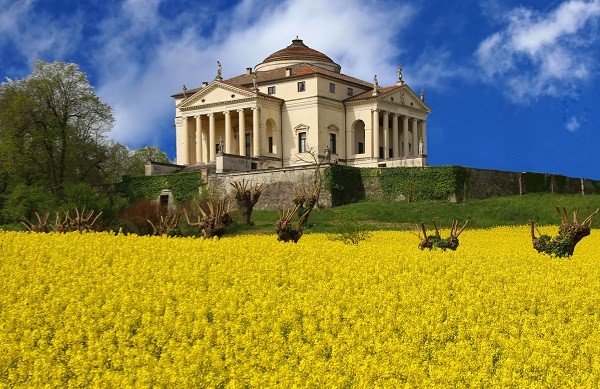
Ph. depositphoto.com/FedeCandoniPhoto
Vicenza is located in Northern Italy at the base of Monte Berico. The town is located close to the Venice. The city is known for its rich culture and history. It is mainly renowned for its Renaissance style Palazzi. The Palladian Villas of the Veneto region have been listed as a world heritage site by UNESCO since 1994.
The Palladian Villas
The world heritage site protects the cluster of Villas which were designed by Andrea Palladio. In the first few years since the site was included in the world heritage list, only the buildings in the Vicenza area were included which included numerous villas, Palazzi and the Teatro Olimpico. However, the site had to be expanded later to include the ones which were located in the other parts of the region of Veneto.
Originally, the term Villa was used to describe a house in the suburbs or a country house. Various rich families of Veneto had a town house which was normally known as a palazzo and the country house was known as the villa. As a custom, in the ancient times the palazzo and the villas were always named after the family name which normally creates a lot of confusions.
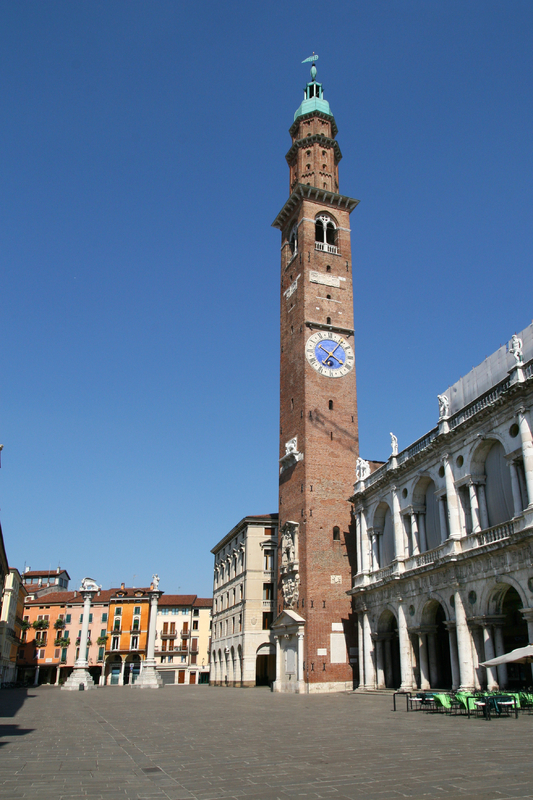
Villa Capra La Rotonda
One of the most well known villas made by Palladio is the Villa Capra La Rotonda. The villa is located on top of a hill just outside Vicenza. The original design of the villa did not include a farm from the beginning like in most other villas. The villa was designed to be much more sophisticated and was termed palazzo by Palladio rather than a villa.
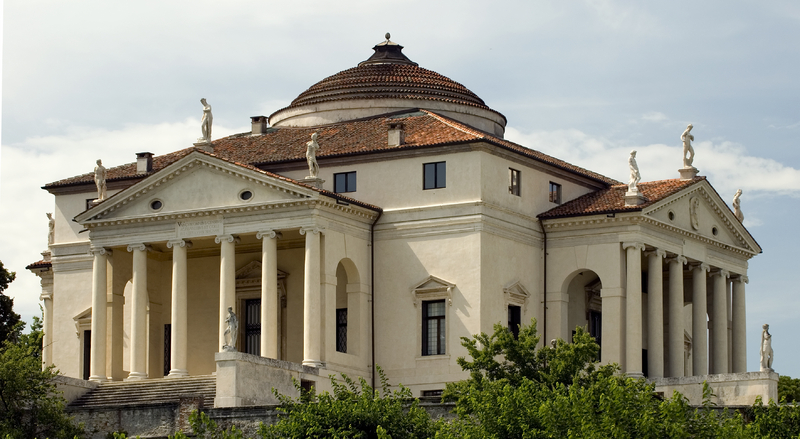
The design of the villa is symmetrical with a square plan and four different facades. Each façade has a portico and the name La Rotonda had been given due to the circular hall inside the villa with a dome. Every portico has steps that lead up and open up to the central hall through a small corridor or a cabinet.
All the rooms in the villa were designed with mathematical precision. The design of the villa is purely renaissance which also reflects the humanist values. The design was rotated to 45 degrees to let each room have enough sun light. The four porticos have pediments where statues of deities have been kept. All the main rooms were on the second floor.
The interior of the villa is truly magnificent and is even more stunning than the exterior of the villa. The frescoes in the main salons were done by Anselmo Canera, Giovanni Battista Maganzia and Alessandro. On the second floor there are four main salons, the West Salon or Holy Room is the most important. This salon has large frescoes and ceiling which are quite religious in nature. The East Salon depicts various scenes from the life of Paolo Almerico who was the fist owner of the villa and many of his qualities have been depicted in the fresco.
The most stunning feature inside the villa is the large circular hall which is surrounded by a balcony on all the sides and is covered by a dome. The main hall is of large height, right up to the cupola and the walls have been beautifully decorated. There are plenty of frescoes on the walls which make it look like a grand cathedral rather than a suburban or a country home.
Villa Godi
Villa Godi is another noteworthy villa in the Palladian Villas group. The villa is located in Lugo di Vicenza and is a patrician villa. This was one of the first villas made by Andrea Palladio and was determined from his monograph. The construction of the villa began in 1537 and was completed in 1542.

Ph. wikimedia/StefanBauer
Various modifications were done later on to the entry and the gardens of the villa. What is the most striking feature about the villa is that unlike most villas designed by Palladio, this one has not been ornamentally decorated. The architecture of the villa includes two apartments on either side of he central axis. The main salon and the loggia are recessed. The original plan included various farm buildings; however, they were not made.
The interior of the Villa has been decorated with beautiful frescoes which were made by Gualtiero Padovano, Giovanni Battista Zelotti and Battista del Moro. The fresco of Hall of the Muses includes various Greek temple ruins and Olympian Gods.
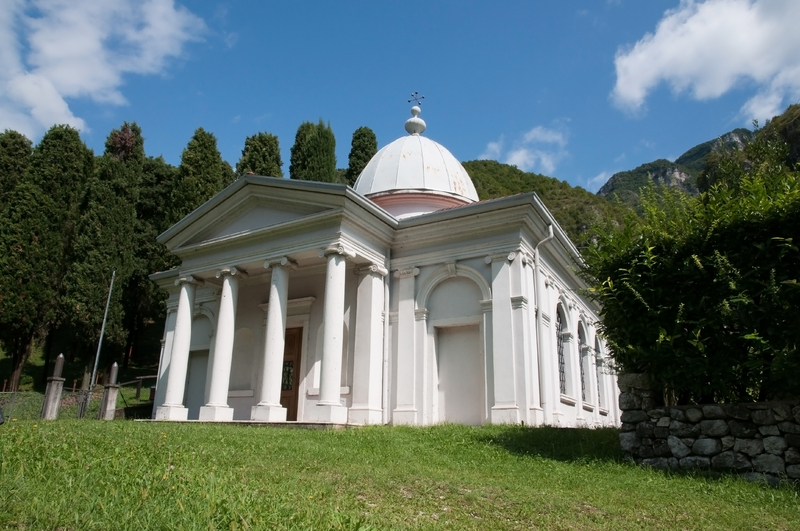
Teatro Olimpico
Teatro Olimpico is also included in the world heritage site list. The theater was constructed in 1580 and is the earliest surviving enclosed theater in the world. The theater was the last masterpiece which was designed by Palladio. Palladio was known to be one of the greatest Italian renaissance architects and the construction of the theater was not completed until after his death.
The beautiful scenery onstage was designed by Vincenzo Scamozzi and was installed in 1585. The scenery gives an impression of long streets that recede into the horizon. It is the oldest surviving stage set in the world.

Ph. wikimedia
Teatro Olimpico is known to be his best masterpiece and was also his last one. The architect had moved back to his native city to study in detail all the aspects and elements of the Roman architecture and had the most information and understanding about classical theater than any other architect. Palladio died only after six months of the beginning of the construction of the theater.
The construction work had then be taken over by his son Silla. Vincenzo Scamozzi, another noted architect was then called to work on the project. Today the Teatro Olimpico is known to be not only one of the oldest surviving but also one of the best examples of Palladian’s works.
Villa Emo
Villa Emo is situated in the countryside of Vedelago, Treviso. It was designed by the architect Andrea Palladio around 1558 for the family Emo from Venice.
The villa was constructed as country-house for the Emo family, so the two porticos that are attached on each side of the main building were originally used for agricultural purposes. To get to the entrance there’s a long stoned path. The exterior is simple and clean, while the interiors are covered by frescoes by Giovanni Battista Zelotti.
The villa is open to the public and it hosts events and exhibitions.
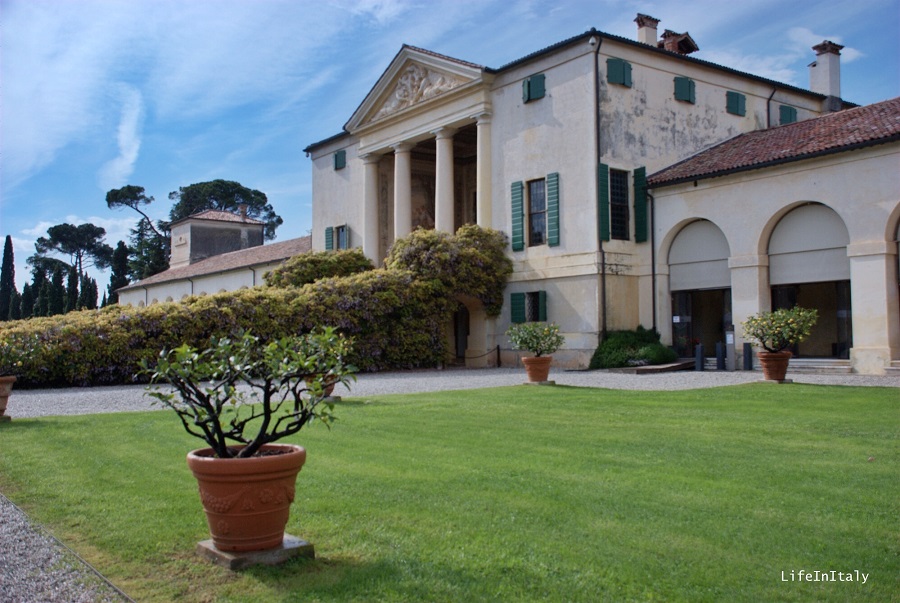
The city of Vicenza has been a popular tourist destination since decades. Visitors from all over the world travel to the town to admire its many elegant and extravagant villas and the masterpieces created by Palladio.


